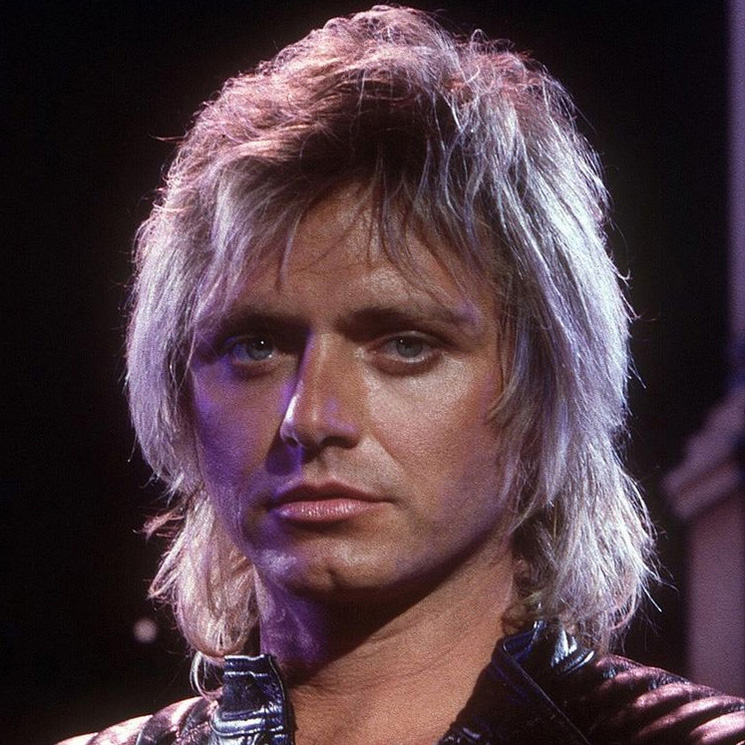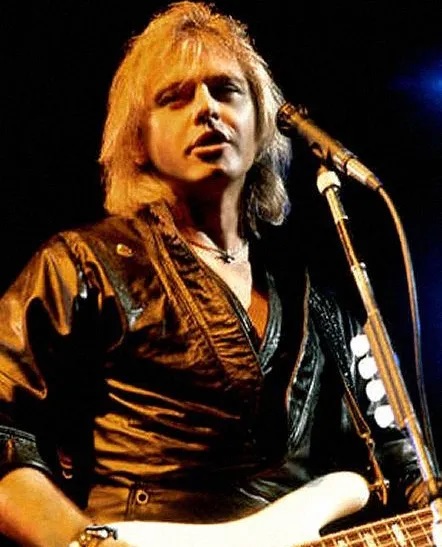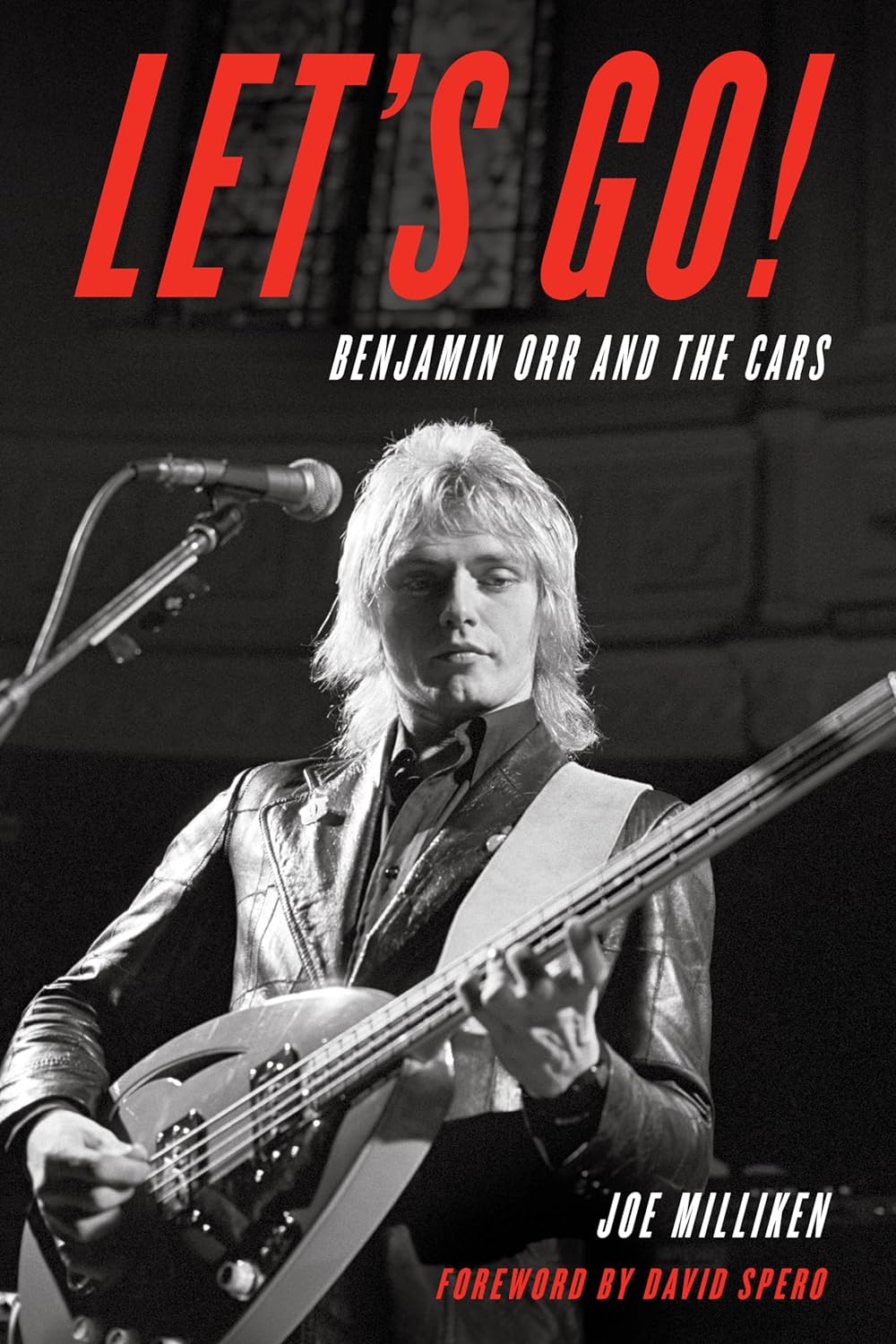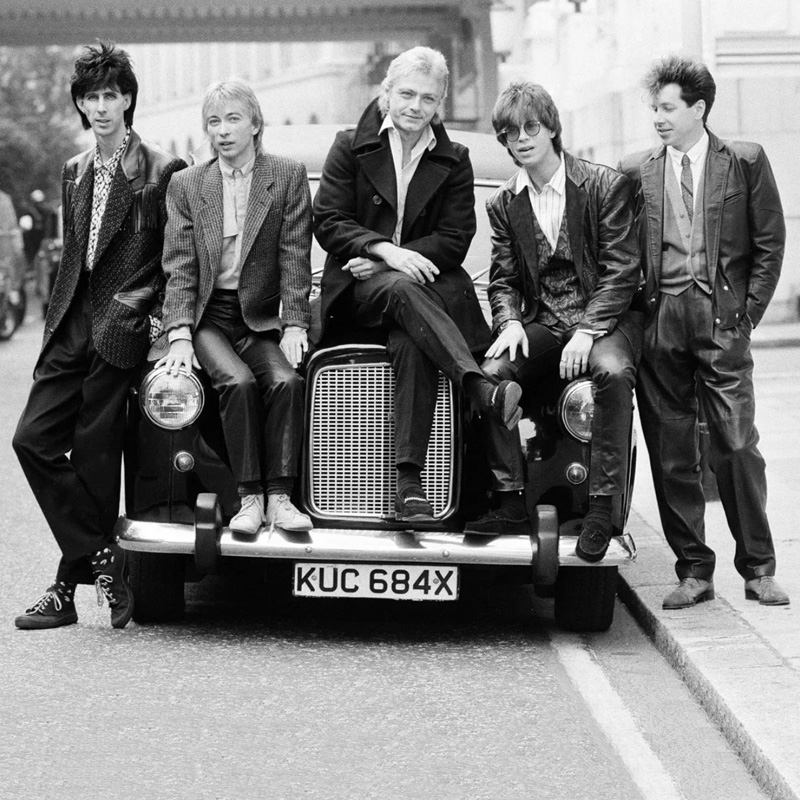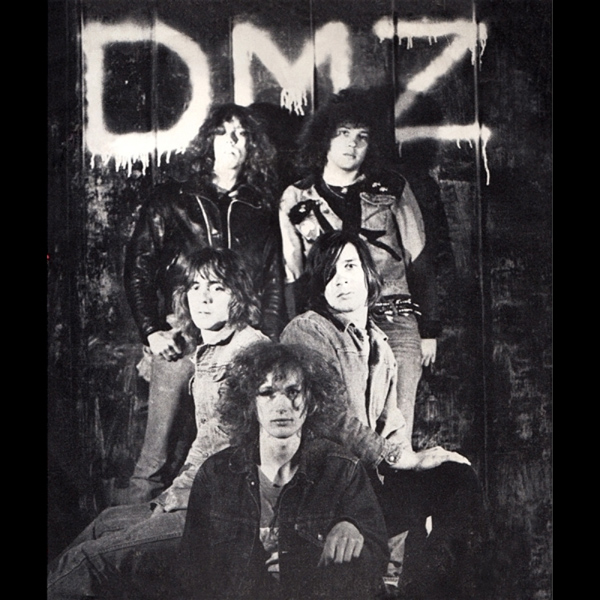Benjamin Orr

For hockey fans of a certain generation, the name Orr brings back memories of the Ontario native who led the Boston Bruins to two Stanley Cups in the early ‘70s. But for rock ‘n’ rollers of a certain generation, particularly those who hung ten on the new wave of the late ‘70s and early ‘80s, the name reminds them of the Ohio native who played bass and sang lead on several of The Cars’ biggest hits. With their extraordinary talents in their very different fields, both Orrs left an indelible mark on their adoptive home region, New England.
And in the same way that Bobby Orr was more than just another defenseman playing on a championship team – he redefined the position by winning the NHL’s scoring title twice – Benjamin Orr was more than just another musician playing in a chart-topping band. A multi-instrumentalist who was as skilled on guitar, keyboards and drums as he was on bass and behind a mic, he had a gift for melody and vocal phrasing, a riveting stage presence and a relentless drive for commercial success. By the time The Cars cut their debut disc in 1978, Orr was a 30-year old stage and studio veteran, having dropped out of high school 14 years earlier to pursue his musical ambitions.
With his chisel-jawed good looks and classic-rock long locks, he was labelled a “heartthrob” in the press and hounded for interviews by reporters from Toledo to Tokyo but rarely agreed to one-on-one sittings. Asked in August 2000 if he saw himself as “the sexy one” in The Cars, Orr replied with his characteristic soft-spoken humility, demonstrating a groundedness not often seen in rock stars of his stature. “Hell no,” he said. “I’ve always kept my one foot on the ground. It’s just a show, an act, then you leave the stage and you’re somebody else. Nobody else sees that except [the guys in The Cars] and the crew.”
MUSICAL BEGINNINGS
Orr was born Benjamin Orzechowski on September 8, 1947, a first-generation American raised in the Cleveland, Ohio, suburbs of Lakewood and Parma. His father was born and raised in present-day Ukraine, his mother was born and raised in present-day Slovakia and both were devout Byzantine Rite Catholics. According to Joe Milliken, author of Let’s Go!: Benjamin Orr and The Cars (Rowman & Littlefield, 2018), Orr’s mother wouldn’t allow him to drive his first car until a priest had blessed the vehicle.
His parents fully supported his musical interests from elementary school and by the time he finished junior high he was proficient on guitar, bass, piano and drums. “I had a lot of encouragement from my parents,” he said in a mid-‘80s interview with Ohio’s leading newspaper, The Plain Dealer. “I had 13 years of formal training.” Orr’s boyhood friends called him “Benny 11 Letters” due to their difficulty pronouncing his surname.
THE GRASSHOPPERS
In early 1964, shortly after The Beatles debuted on The Ed Sullivan Show in February that year, 16-year-old Orr dropped out of Valley Forge High School in Parma Heights and joined Cleveland-based rock quartet The Grasshoppers on rhythm guitar and vocals, replacing the band’s original frontman, Dante Rossi, who’d formed the group in 1962. By the fall of ‘64, the revised lineup had built a strong enough local following that they were referred to as “Cleveland’s Fab Four” in The Plain Dealer and spent 13 weeks as the house band on The Big 5 Show (renamed Upbeat in 1966), aired on Cleveland’s WEWS-TV on Saturdays from 5pm to 6pm. In November, the group opened for The Beach Boys, The Shangri-Las and Jay and The Americans at Cleveland Arena; in December that year, they opened for The Dave Clark Five.
In early 1965, The Grasshoppers signed with Cleveland-based label Sunburst and recorded their first single, “Mod Socks” (b/w “Twin Beat”), which became a regional hit and reached #104 in the Billboard charts after Warner Bros. took it on for national distribution. Their second, “The Wasp” (b/w “Pink Champagne (and Red Roses),” an Orr-penned ballad), received local airplay but didn’t chart nationally. A photo of the band appeared in Life magazine, which published several letters about Orr’s then-unusual shoulder-length hair; one teenager wrote that it made her “sick.”
The Grasshoppers’ dreams of national stardom ended when two of the band members were drafted into the Army in 1966. Orr played with Mixed Emotions before being drafted himself later that year and spent about 18 months in the Army before receiving a deferment. “Luckily I wasn’t sent to Vietnam,” he told The Plain Dealer in 1978. When he returned home, he joined a Cleveland-based group called Colours and started using the surname “Orr” before relocating to Columbus, Ohio, in 1968, where he was a session musician and producer at a local studio.
RIC OCASEK, MOVE TO BOSTON
Soon after moving to Columbus, Orr and vocalist-guitarist Ric Ocasek, a Maryland native who’d moved to Ohio at age 16, formed ID Nirvana, the first of several groups the pair put together before The Cars. The two had met before, in Cleveland in 1965, after 21-year-old Ocasek saw 18-year-old Orr appearing with The Grasshoppers on The Big 5 Show and contacted him about possibly working together. “After that, we began writing songs together,” Orr told The Plain Dealer in 1987, though he and Ocasek didn’t start gigging together until reconnecting in Columbus.
The Orr-Ocasek songwriting-performing partnership lasted for two decades, ending when The Cars disbanded in 1988. “Our voices are similar because we spent so many years together even before The Cars,” Ocasek said in a 2011 interview with Vanity Fair. The two founded a booking agency in Columbus in 1968, played covers and originals as a duo at clubs, then moved to Michigan and Greenwich Village before settling in Boston, their de facto hometown, in 1971.
MILKWOOD, RICHARD & THE RABBITS, CAP’N SWING
Soon after arriving in Boston, Orr and Ocasek formed the Crosby, Stills and Nash-style folk-rock trio Milkwood with guitarist James Goodkind. The group cut one LP, How’s the Weather (Paramount, 1972), that included saxophonist and future Cars keyboardist Greg Hawkes, who’d spent two years studying composition and flute at Berklee College of Music. After the album failed to chart, Orr, Ocasek and Hawkes performed as Richard & The Rabbits – a name Jonathan Richman had suggested – until Hawkes joined Martin Mull & His Fabulous Furniture. In 1973, Orr and Ocasek formed the duo Ocasek & Orr; some songs on their setlist were early versions of tunes on The Cars’ debut disc.
In 1974, Orr and Ocasek formed the quintet Cap’n Swing with another former Berklee student, guitarist Elliot Easton, multi-instrumentalist Danny Louis on bass and drummer Glenn Evans (later Kevin Robichaud). Orr sang lead vocals and didn’t play an instrument in the group. The band’s popularity took off in the Boston area after deejay Maxanne Sartori began playing some of their demo tracks on WBCN but attempts to land a label deal resulted in nothing but rejection.
THE CARS, SOLO PROJECTS
Frustrated by the lack of label interest, Orr and Ocasek switched things up in a big way in 1976, assembling a group they thought was better for Ocasek’s style of songwriting. Orr took over on bass, David Robinson of The Modern Lovers and DMZ replaced Robichaud on drums and Hawkes came in on keyboards, forming The Cars, a name that Robinson had suggested. The band played their first live show on December 31, 1976, at Pease Air National Guard Base in New Hampshire and spent 1977 gigging at clubs including The Rathskeller and the Paradise Rock Club. After some songs from their nine-track demo were put in regular rotation on WBCN and WCOZ, Arista and Elektra offered them record deals; the band chose the latter.
In 1978, The Cars’ self-titled debut album reached #18 in the Billboard 200, featured three top-40 singles – including “Just What I Needed,” sung by Orr, which hit #27 in the Billboard Hot 100 – and appeared at #4 in Billboard’s Top Records of the Year. Their next disc, Candy-O, went to #3 in the Billboard 200 and the single “Let’s Go,” sung by Orr, hit #14 in the Hot 100. The band cut four more albums on Elektra – three platinum, one gold – including Heartbeat City, on which Orr sang their highest-charting song, “Drive,” which went to #3 in the Hot 100.
In 1986, Orr recorded his only solo album, The Lace, on Elektra. The lead single, “Stay the Night,” hit #24 in the Hot 100; the second, “Too Hot to Stop,” didn’t crack the Hot 100 but reached #25 in the Billboard Top Rock Songs chart. In 1994, he formed his own group, Orr, and in 1998, after moving from Vermont to Atlanta, he joined Big People, a band of fellow seasoned veterans that included Pat Travers (of The Pat Travers Band), Jeff Carlisi (of 38 Special), Derek St. Holmes (of Ted Nugent’s band) and Liberty DeVitto (of Billy Joel’s band). From 1998 until 2000, he played in Big People and in Voices of Classic Rock, the latter of which included Mickey Thomas (of Jefferson Starship) and John Cafferty.
DEATH, LEGACY
In April 2000, Orr was diagnosed with inoperable pancreatic cancer, but he continued to appear with Big People through the summer. His last appearance was at the Alaska State Fairgrounds in Palmer, Alaska, on August 25, less than six weeks before his death. “Ben kept rocking,” Carlisi once said. “From the time he was diagnosed, he told us he wanted to keep playing until the end. He said, ‘If I fall down one day and can’t get up, you’ll know it’s over.’” He reunited with the other members of The Cars for the last time in August 2000 for a group interview that was included on the DVD The Cars: Live (Rhino Home Video, 2000).
Orr died in his Atlanta home on October 3, 2000, at age 53. Big People played a previously scheduled show in the city three days later (saying that’s what Orr would’ve wanted) and Ocasek wrote the song “Silver” as a tribute to him for his 2005 album Nexterday. The Cars reunited 10 years after his death to record the album Move Live This, giving him special mention in the liner notes: “Ben, your spirit was with us on this one.” Orr was inducted into the Rock & Roll Hall of Fame as a member of The Cars in 2018.
He was buried at St. Patrick Cemetery in Thompson Township, Ohio, and his headstone is easy to find among the others. The marble marker, which has an etching of an electric guitar, has been decorated with various items from his fans over the years including handwritten notes, toy cars, sunglasses, painted rocks, drumsticks, cherubic statues and – in a particularly clever reference to his world-famous band – spark plugs.
(by D.S. Monahan)

